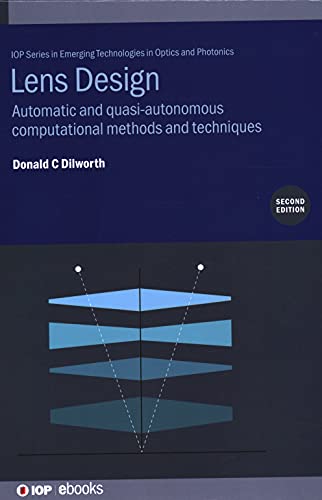

Most ebook files are in PDF format, so you can easily read them using various software such as Foxit Reader or directly on the Google Chrome browser.
Some ebook files are released by publishers in other formats such as .awz, .mobi, .epub, .fb2, etc. You may need to install specific software to read these formats on mobile/PC, such as Calibre.
Please read the tutorial at this link: https://ebookbell.com/faq
We offer FREE conversion to the popular formats you request; however, this may take some time. Therefore, right after payment, please email us, and we will try to provide the service as quickly as possible.
For some exceptional file formats or broken links (if any), please refrain from opening any disputes. Instead, email us first, and we will try to assist within a maximum of 6 hours.
EbookBell Team

4.8
54 reviewsThis second edition ofLens Design: Automatic and quasi-autonomous computational methods and techniquesshows how these new tools can design systems in minutes that would have required weeks or months of labor using older methods. Powerful search routines that can quickly produce excellent designs starting with plane-parallel plates are described. The principles are explained, and data files are provided so the user can duplicate these systems and learn how to use the new software to solve unexpected problems should they occur. Automatic substitution of real glass types for a glass model, and automatic matching to the testplates of a selected vendor are fully explained with examples. Key Features